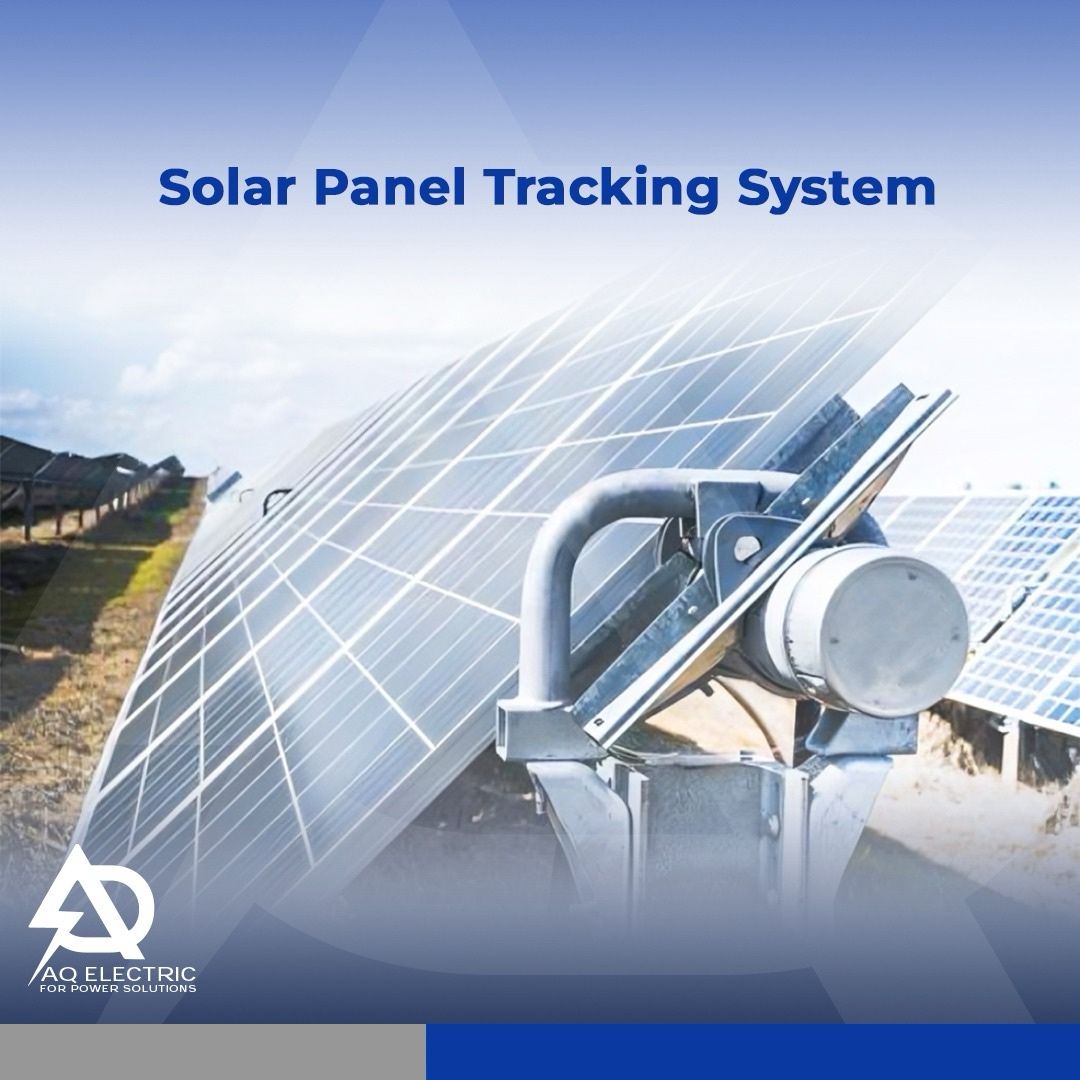Solar trackers are devices that allow your solar panel array to follow the sun’s path in the sky to produce more energy for you to use.
Solar tracking systems do come with a high price tag. Is the extra solar power output you’re getting worth the additional cost of a solar tracker? In most cases, it makes more sense to just install more solar panels.
What is a solar tracker?
A solar tracker is a device that follows the sun as it moves across the sky. When solar trackers are coupled with solar panels, the panels can follow the path of the sun and produce more renewable energy for you to use.
Solar trackers are usually paired with ground-mount solar systems.
Typically, solar tracking equipment will be connected to the racking of the solar panels. From there, the solar panels will be able to move along with the movement of the sun.
trackers rely on motors or hydraulic cylinders to change position. The motors will move the PV panels so they are facing the sun. the moving parts within the motors could easily break. This could lead to higher maintenance costs over the lifetime of the system.
From there, solar trackers can be categorized even further based on which direction they move. A solar tracker can be either:
1- Single-axis solar tracker
2- Dual-axis solar tracker
Single-axis trackers follow the position of the sun as it moves from east to west. These are usually used in utility-scale solar projects. A single-axis tracker can increase production between 25% to 35%.
Dual-axis solar tracker not only tracks the sun as it moves east to west but also follows it as it moves from north to south. Two-axis trackers are more common among residential and small commercial solar projects that have limited space, so they can produce enough power to meet their energy needs.
Dual-axis trackers can increase energy production by about 40%.
What are the pros and cons of using a solar tracker?
Pros of solar trackers
1- Tracking systems offer greater levels of energy output compared to fixed solar arrays
2- Solar trackers are very beneficial in areas with Time of Use electricity rates. More energy will be able to be produced during peak hours, which means you won’t have to pay for grid energy when it’s most expensive.
Cons of solar trackers
1- Solar trackers are more expensive than fixed structure
2- Solar trackers are made up of moving parts, which means they are more likely to break. This leads to higher maintenance costs.
3- Deciding to install trackers may require additional site planning and preparation, including digging additional wiring trenches and extra site grading.
For more information and requests you can reach us,,
– Email: Aqatawneh@aqelectric.net
– Mobile: +201151006630
+962795154126

